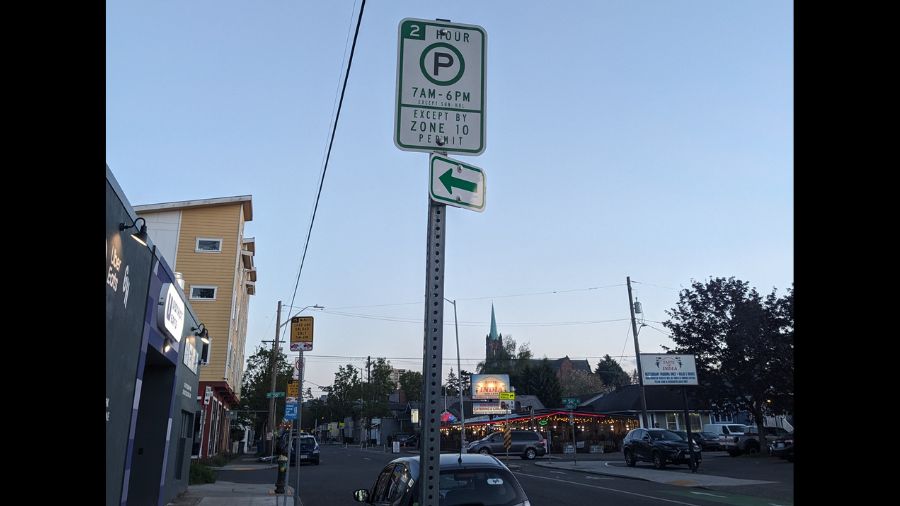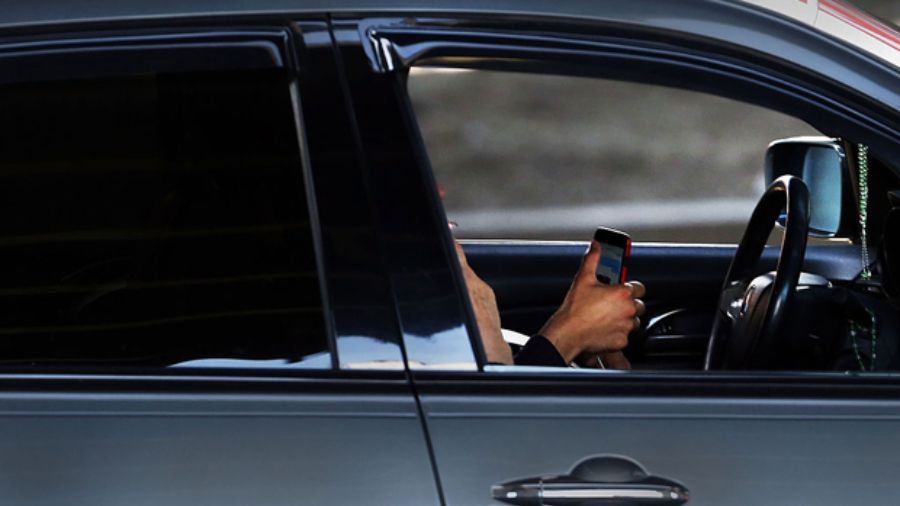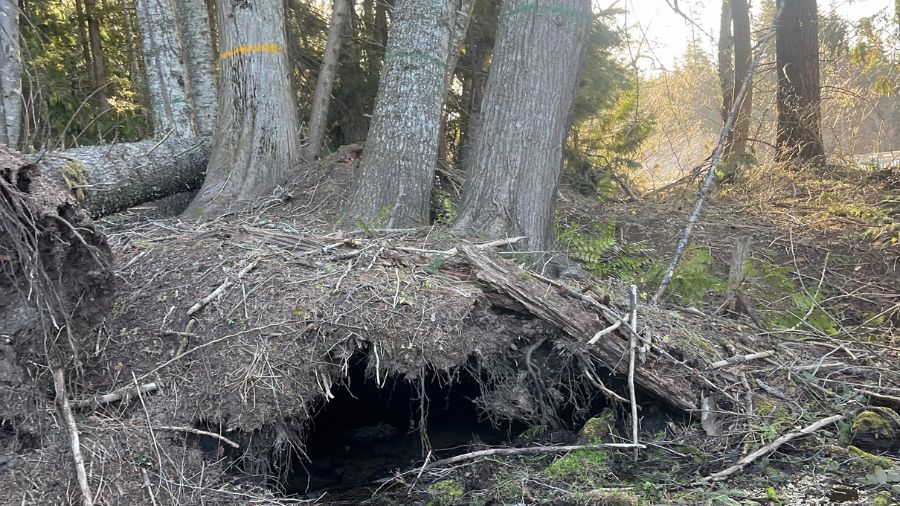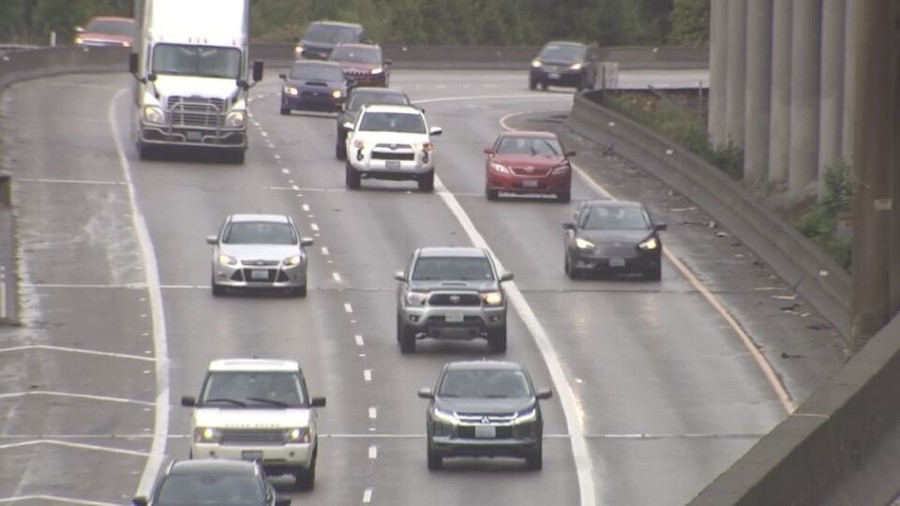Why a one-year bridge repair in SoDo has taken three times as long
Aug 20, 2019, 5:42 AM

The bridge project has been going since 2017, with no end in sight. (SDOT)
(SDOT)
How does a seemingly straightforward one year project turn into a three year project? That’s the question I will answer in this Chokepoint. This should answer all the emails and texts I have received about the delays on the 4th Avenue Bridge project in SoDo.
Street closures as Seattle prepares to replace Fairview Bridge
The city closed the right lane of the northbound 4th Avenue bridge over the rail yard in October of 2017, after engineers had found some cracking in the bridge. It was especially bad under that right lane. The plan was to strengthen the concrete and steel under the lane in about a year.
We’re now approaching the two-year mark of the closure in SoDo, and the lane remains closed with work having stopped months ago. I went to the city’s roadway structures manager Matt Donahue for an answer on why it’s taking so long.
“This has turned out to be a much more complex repair than we initially thought it was going to be,” he said.
Once workers got into the job, they realized the cracking was much more extensive, and a new and more complex fix was needed. And since the bridge is over the Union Pacific rail yard, there were already approved plans for putting a work zone over the tracks. That needed to be amended too.
“If you get into a more complicated repair that is happening in a rail yard, it becomes more complicated because of the safety concerns of the trains traveling through,” Donahue said.
Union Pacific has a very specific three-dimensional window over the tracks that it wants clear for the work being done above. Donahue said they are working to get a new permit by the end of the year so they can start working in 2020. It’s possible that the right lane of this bridge will end up being closed close to three years instead of one.
So, why is the bridge failing in the first place?
It was built about a century ago. It was originally designed with sidewalks on both sides. In the 1960s, the bridge was expanded, and the east sidewalk was removed to make room for a travel lane. So, you have a lane designed to handle foot traffic being expanded to handle trucks.
New ramp meters continue to cause problems for I-5 drivers
Over time, those trucks got even bigger.
“At the time, it was designed for a certain size truck,” Donahue said. “When they did that lane expansion, that’s what the codes required. These days, the code-required truck is much bigger, and so you have a system that was appropriately designed at the time that’s now expected to carry much, much heavier loads.”
The bridge is safe to drive today, despite the cracking that does cover both directions.
The bottom line for drivers in SoDo is it could be another year before you get your right lane back as you head to Costco or into downtown Seattle.













